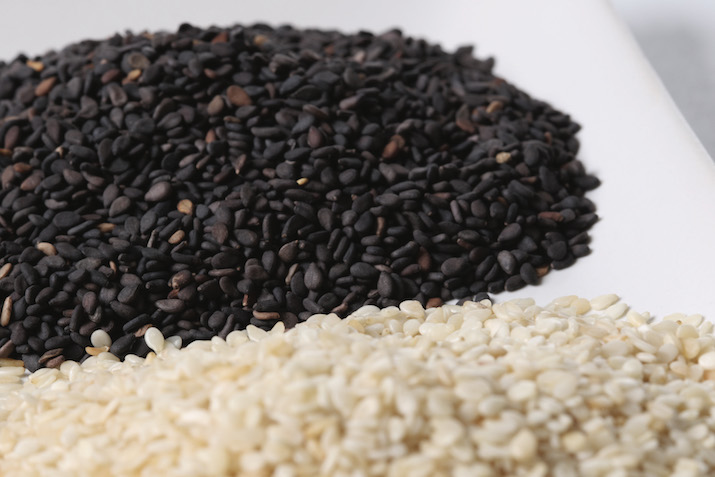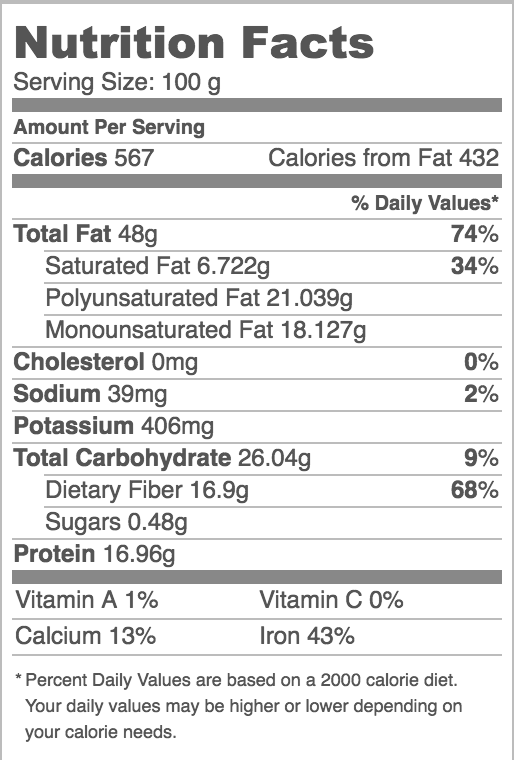Sesame – high in fat and fiber, low glycemic index, strong profile of vitamins and minerals – next superfood?

After spending two weeks in Japan in January and three months across Southeast Asia since February, I’ve spent the majority of 2018 in Asia. With Sesame Ramen in Japan and Thai Sesame Noodles in Thailand, it has been hard to avoid. In fact, I even found delicious sesame snack bars in Seven Eleven in Thailand… Think granola bars made out of sesame.
Being the health conscious individual that I am, I did some research on the nutritional information of these seeds. High fat, high fiber, low glycemic index, and a strong profile of vitamins and minerals. Which got me thinking, is sesame the next mainstream superfood?
Superfood Explained
Superfoods don’t have their own food group per se so the superfood classification is a bit subjective. To elicit an objective argument, let’s first try to define what a superfood actually is.
- Rich in vitamins and minerals
- Healthy fats*: polyunsaturated fats (omega-3 and omega-6), monounsaturated fats
- Antioxidants
- Anti-inflammatory
- High fiber
- Low glycemic index
Sesame As A Superfood

1.Rich in vitamins and minerals: Yup!
- Calcium: ~500mg per 50g serving. That’s close to 2x the amount of Calcium in 1 glass of milk!
- Iron: ~7mg per 50g serving
- Vitamin B-6: 20% of your daily recommended value per 50g of seeds
- Magnesium: ~175mg per 50g serving
- Copper: 2mg per 50g serving
- Manganese: 2.2mg per 50g serving
- Potassium: ~250mg per 50g serving. That’s 50% of the potassium of a banana!
2. Healthy fats: most definitely!
- Polyunsaturated Fat: ~11g per serving
- Monounsaturated Fat: ~10g per serving
3. Antioxidants: of course!
- Phytate
- Sesamin
- Sesaminol
- Vitamin E
4. Anti-inflammatory: affirmative!
- The copper mentioned above is an important anti-inflammatory for the body
5. High fiber: oh yeah!
- A 50g serving of these seeds will provide ~25% of your daily recommended value of fiber
6. Low glycemic index: next question!
- Sesame’s Glycemic Index is 15! The same as tomatoes and eggplant
- Anything below 55 is considered low, so 15 is incredible!
But that’s only the beginning! Its’ seeds provide value beyond dietary benefits. It can be used as an antioxidant face wash and skin moisturizer. Moreover, the combination of vitamin-E and linoleic acid provide hair, scalp, and dandruff benefits!
- Artisan sesame based cooking oils
- Adding tahini to your eggs
- Granola bars with sesame
- Sesame sprouted bread
- Sesame milk
Moreover, did I mention sesame is vegan, ketogenic, and gluten-free?!



